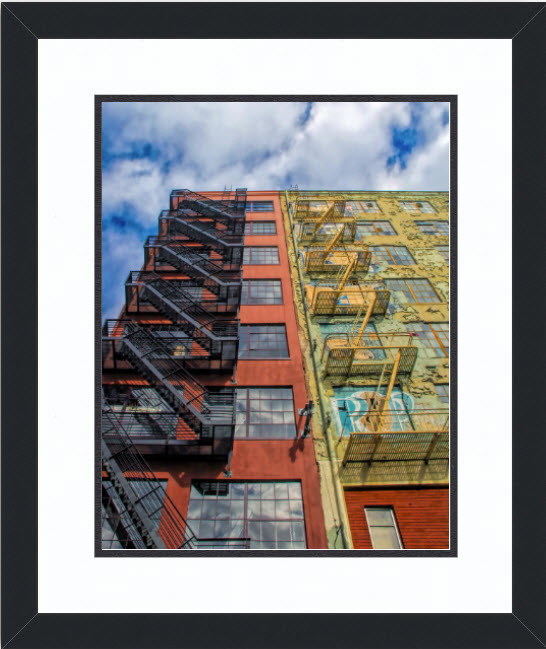Architectural escapes


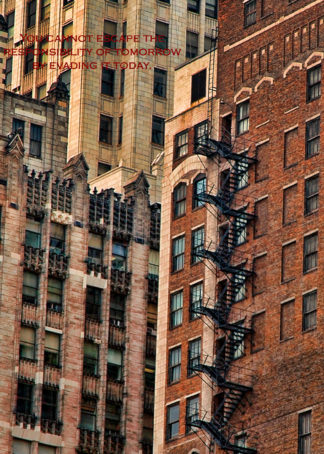
The fire escape is often regarded as one of the important symbols in the drama The Glass Menagerie by Tennessee Williams. Its name is said to be “a touch of accidental poetic truth, for all of these huge buildings are always burning with the slow and implacable fires of human desperation”. At certain points in the drama, the fire-escape even accentuates the characteristics of the characters. Tom, the character most intertwined with the fire-escape, appears on it more often than others. In most of his appearances on the fire-escape, he is moving out of the apartment, a gesture showing his yearnings to venture into the outside world, escaping troubles at home.
In the hot summer months, residents of mid-rise apartment buildings would sleep outside on the platforms of their fire escapes.
Such a situation triggered the plot premise of Cornell Woolrich’s 1947 short story, “The Boy Cried Murder”, about a boy on a fire escape who one night witnesses a murder in a neighboring apartment; this story was filmed as the suspense thriller The Window (1949).
The practice of sleeping on fire escapes can also be seen in Alfred Hitchcock’s 1954 movie Rear Window (also based on a Woolrich short story), as well as Weegee’s photography of the Lower East Side). Diagonal shadows of fire escapes made them a constant motif in film noir, and the balcony scene of Romeo and Juliet was transposed to a fire escape for the musical West Side Story.
A fire escape is a special kind of emergency exit, usually mounted to the outside of a building or occasionally inside but separate from the main areas of the building. It provides a method of escape in the event of a fire or other emergency that makes the stairwells inside a building inaccessible.
Fire escapes are most often found on multiple-story residential buildings, such as apartment buildings. At one time, they were a very important aspect of fire safety for all new construction in urban areas; more recently, however, they have fallen out of common use. This is due to the improved building codes incorporating fire detectors, technologically advanced fire fighting equipment, which includes better communications and the reach of fire fighting ladder trucks, and more importantly fire sprinklers. The international building codes and other authoritative agencies have incorporated fire sprinklers into multi-story buildings below 15 stories and not just skyscrapers.
A touch of accidental poetic truth, for all of these huge buildings are always burning with the slow and implacable fires of human desperation.

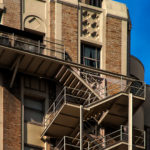
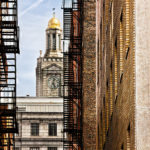
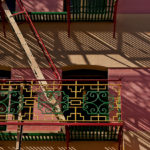
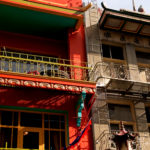
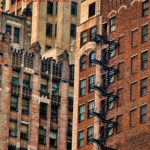
Fire escapes, the clunky metal accessories to buildings constructed in response to industrial building-code reform, have become an iconic part of the urban landscape. They serve purposes as numerous as their pop-cultural cameos. Part emergency exit, part makeshift patio, the fire escape has played an integral role in shaping the development of the cities whose buildings bear them. It continues to impact the urban landscape today, in ways that few could have imagined when they were first thought up. And despite having been invented expressly for public safety, the fire escape always created as much danger as it replaced.
ESCAPING FIRE GALLERY



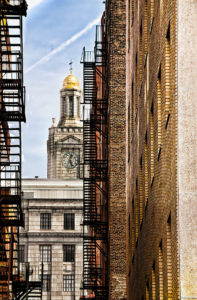


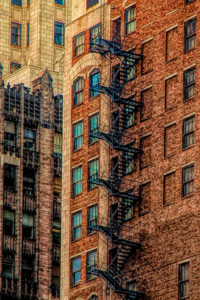
Ready for your wall

